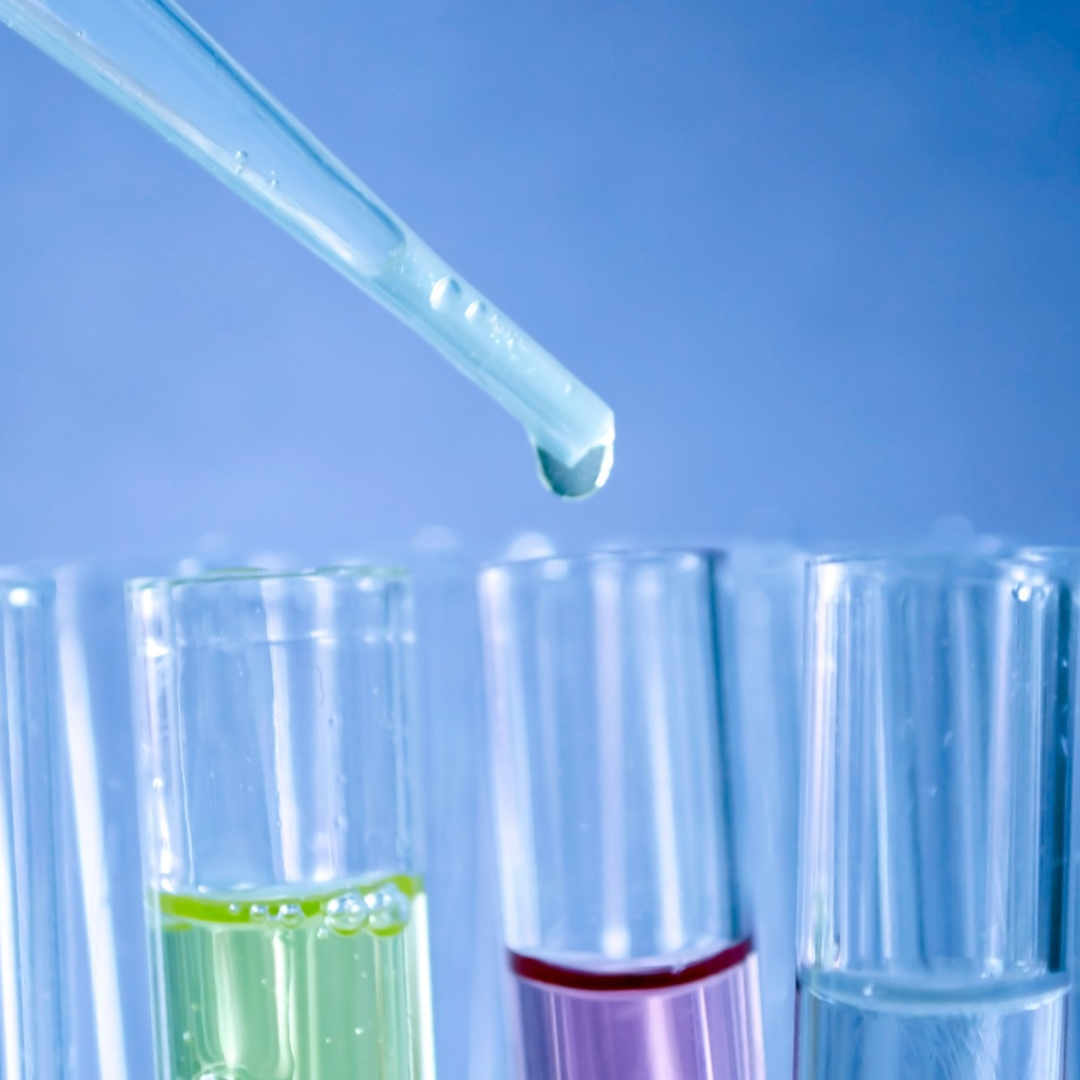In recent years, the term “forever chemicals” has become increasingly common in discussions about health and sustainable practices. These chemicals, along with a range of inorganic compounds, found in a wide range of products and now water sources, have been linked to numerous health and environmental issues. This blog will detail definitions of such compounds, explore their sources, the dangers they pose, and how reverse osmosis systems can help mitigate their impact, particularly for the next generation.
What Are Forever Chemicals?
Forever chemicals are a class of synthetic chemicals that include thousands of individual compounds, most notably perfluorooctanoic acid (PFOA) and perfluorooctanesulfonic acid (PFOS). These chemicals are incredibly resistant to breaking down in the environment and in our bodies, hence the name “forever chemicals.” Their persistence is due to the strong carbon-fluorine bonds that make them extremely stable and resistant to degradation. Did you know that these chemicals can stay in our bodies for over seven years, and in the environment for generations, or indefinitely according to the Agency for Toxic Substances and Disease Registry.
Sources of Forever Chemicals
Forever chemicals are found in a wide variety of products and industrial processes, including:
- Blue 5 Gallon water jugs
- Disposable plastic bottles
- Industrial processing in the manufacturing of electronics and other plastics
- Non-stick cookware (e.g., Teflon)
- Water-resistant clothing and gear
- Stain-resistant fabrics and carpets
- Food packaging materials (e.g., microwave popcorn bags, fast food wrappers)
- Firefighting foams and other cleaners
- Personal care products (e.g., shampoos, dental floss, cosmetics)
Dangers of Forever Chemicals
Recently, environmental groups have been reported to sue cities, like Columbia, Ohio for pumping forever chemicals into their public water sources. Reason being the presence of forever chemicals in the environment and in our bodies is concerning, and for several reasons:
- Health Risks: Exposure to PFAS has been linked to a variety of health problems, including liver damage, thyroid disease, decreased fertility, high cholesterol, obesity, hormone suppression, and cancer. They can also affect the immune system, reducing the effectiveness of vaccines.
- Environmental Impact: Forever chemicals can accumulate in water sources, soil, and air, impacting wildlife and ecosystems. They have been found in the blood of fish, birds, and other animals, often leading to harmful effects on reproduction and growth.
- Persistence: These chemicals do not break down easily, leading to long-term contamination. Once they enter the environment, they can persist for years, posing ongoing risks to health and ecosystems.
What About Other Inorganic Compounds?
Have you ever visited Home Depot to learn more about your water quality? Perhaps you have heard the term, total dissolved solids? If not, total dissolved solids are inorganic compounds that are commonly found in drinking water, including: lead, arsenic, mercury and chromium 6. While some inorganic compounds, like sodium, magnesium, potassium and calcium may be linked to good health, the same cannot be said about the heavy metals that we consume on a daily basis via drinking water.
How Reverse Osmosis Systems Help
One effective way to reduce exposure to forever chemicals and total dissolved solids is through water purification. Reverse osmosis (RO) systems are capable of removing up to 98% of toxins, including PFAS, from drinking water. Here’s how they work:
– Filtration Process: RO systems use a semi-permeable membrane to remove contaminants. Water is forced through the membrane, which blocks larger molecules, including many chemicals, while allowing purified water to pass through.
– Multi-Stage Filtration: Many RO systems include multiple stages of filtration, such as sediment filters, carbon filters, and the RO membrane, which together remove a wide range of contaminants, including heavy metal solids, bacteria, and viruses, in addition to forever chemicals. Whether or not you have five or thirty sediment filters, nothing replaces the effectiveness of reverse osmosis purification, which is known worldwide to be the best way to purify water!
– It is important to note that: Distilled water is different from purified water and filtered water; while it is fitting in certain applications, it is generally not recommended for healthy hydration.
Importance of Starting Purification Early
Given the potential health risks associated with ¨forever chemicals¨ and heavy metal ingestion, it’s crucial to start purification early, especially for children. Young children are particularly vulnerable to the effects of these chemicals due to their developing bodies and higher water intake relative to their body weight. Ensuring that children have access to purified water can help reduce their exposure to harmful substances and support their long-term health. This is why many preschools, nurseries, and elementary school districts are dedicating themselves to implementing reverse osmosis purification.
Forever chemicals pose a significant threat to our health and environment due to their persistence and widespread presence. Understanding their sources and dangers is the first step in addressing their impact. Investing in reverse osmosis systems for water purification can significantly reduce exposure to these harmful substances, providing a safer and healthier future for the next generation. By prioritizing water purification from a young age, we can help protect the health of our children and the planet! If your business, school, or warehouse is interested in minimizing exposure to these chemicals, call upon the best in the industry Optimum Water Solutions. Clearly. Pure. Water.


